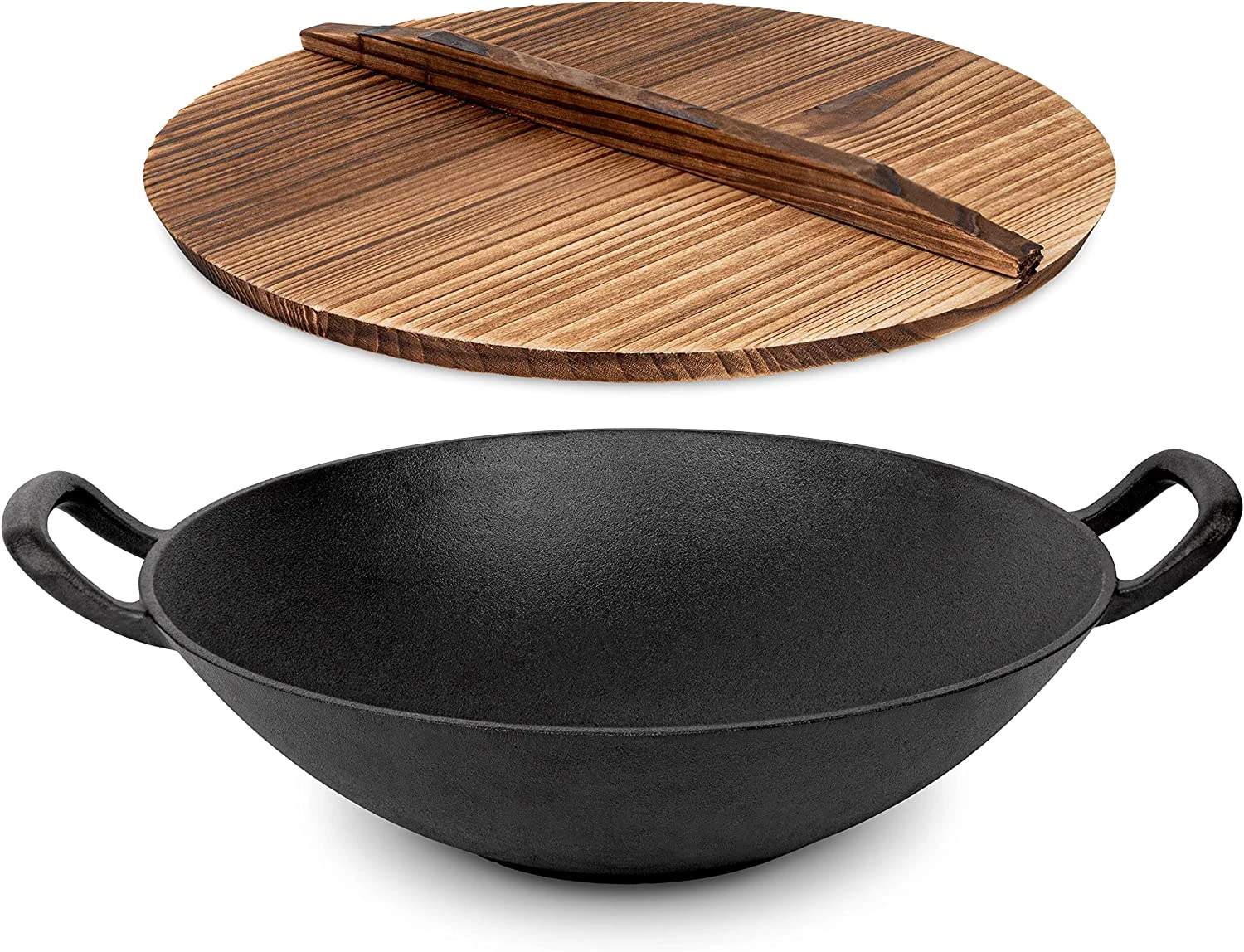
restoring rusty cast iron
Restoring Rusty Cast Iron A Timeless Craft
Cast iron has long been celebrated for its durability and excellent heat retention, making it a staple in kitchens and homes worldwide. However, over time, these once-prized possessions can fall victim to rust, leading many to neglect or discard them. Fortunately, restoring rusty cast iron is not only possible but can also be a rewarding process that brings these beautiful items back to life.
The first step in restoring rusty cast iron is assessing the extent of the damage. Light surface rust can often be managed with simple cleaning methods, while heavily rusted items may require more intensive restoration efforts. No matter the level of rust, the key is to approach the process with care and respect for the material’s history.
For light rust removal, a mixture of vinegar and water can work wonders. Submerging the cast iron in this solution allows the acetic acid in vinegar to break down the rust. After soaking for several hours, scrub the surface with a soft brush or non-abrasive pad. Rinse thoroughly and dry completely to prevent further rust from forming. It’s important to ensure that the cast iron is fully dry, as any moisture left can lead to additional corrosion.
For more severe cases, a more aggressive approach may be necessary. This can include using a wire brush or sandpaper to physically remove the rust. While this method can be effective, caution is advised, as excessive force can scratch the surface and diminish the piece's value. After removing the rust, it’s essential to clean the cast iron with soap and water to remove any debris. Make sure to re-dry the item thoroughly.
restoring rusty cast iron

Once the rust has been eliminated, it’s time to focus on seasoning the cast iron. Seasoning involves applying a layer of oil to the clean surface, which creates a protective barrier against moisture and helps to build a natural non-stick surface. Common oils used for seasoning include vegetable oil, flaxseed oil, and shortening. Apply a thin layer of your chosen oil and place the cast iron in an oven upside down at 375°F (190°C) for about an hour. This process allows the oil to bond with the iron, enhancing its durability and performance.
Furthermore, preventing future rust is vital to maintaining the integrity of the restored cast iron. Always ensure that the cookware is completely dry before storing it. Avoid soaking in water and, instead, opt for gentle hand washing when necessary. After cleaning, it’s advisable to wipe a light layer of oil over the surface to create a protective barrier against moisture.
Restoring rusty cast iron is not just about bringing life back to old items; it’s also about reconnecting with history. Each piece of cast iron carries a story, and by restoring it, you are preserving that narrative. Whether it’s a family heirloom passed down through generations or a vintage find from a thrift store, each item has its unique charm and potential for renewed functionality.
In a world increasingly dominated by disposability and fast fashion, the art of restoring cast iron serves as a reminder of the value of craftsmanship and longevity. It invites us to slow down, appreciate the beauty of bygone eras, and engage in a process that not only revives these artifacts but also enhances their character.
In conclusion, restoring rusty cast iron is an endeavor well worth the effort. With the right tools, techniques, and a little patience, these once-neglected items can be transformed into functional, exquisite pieces that continue to serve for years to come. Embrace the journey of restoration and discover the joy of revitalizing these timeless treasures, ensuring their legacy endures for future generations.
-
High Quality Cast Iron Cookware - ZD Cookware|Durable Heat Retention&Non-Stick SurfaceNewsJul.13,2025
-
Cast Iron Pancake Crepe Pan-Durable Kitchenware-ZD CookwareNewsJul.13,2025
-
Premium Cast Iron Cookware ZD Cookware|Durable Non-Stick Wooden HandleNewsJul.13,2025
-
Durable Cast Iron Pancake Crepe Pan - Zhejiang ZD Cookware Co., Ltd.|Heat Retention,Durability,Non-Stick Surface,Versatile Cooking,Wooden HandleNewsJul.12,2025
-
High Quality Cast Iron Cookware - ZD Cookware | Black Pancake Pan, Non-Stick SurfaceNewsJul.12,2025
-
Premium Cast Iron Square Frying Pan – Durable Nonstick Griddle for Even CookingNewsJul.08,2025


